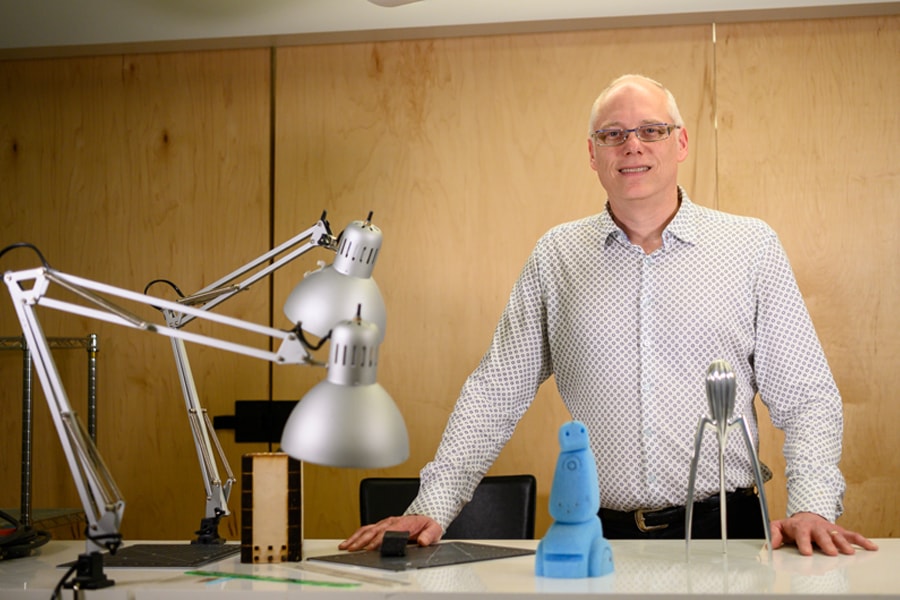
Millions of people use John Zimmerman's design daily without ever realizing. While working at Philips on a TV show recommender, Zimmerman helped invent a new to scroll information on a touch screen; stroking a finger to start a scroll that then decelerates. This method is in use on nearly every smart phone and tablet today.
Zimmerman brings his expertise in designing with artificial intelligence products and services along with and his boundless determination to understand the consequences of the emerging technologies of the future to a panel entitled, "Accessible Transportation for All," from 2 p.m. to 3 p.m. on March 12, at this year's SXSW conference. He joins Bonnie Epstein, senior planner for the Pinellas Suncoast Transit Authority; Kate Hartman, chief-Research, Evaluation, and Program Management in the ITS Joint Program Office at the U.S. Department of Transportation; and Maria Town, of the Mayor's office for People with Disabilities in Houston.
"It's more interesting to think about where we're going than to complain about where we are," Zimmerman said. "I like the proactivity of it. Instead of wallowing in what's bothering you, try to articulate what you want next."
Zimmerman first came to Carnegie Mellon as an undergraduate student to study history. After graduating in 1988, he started off his career working in film, and helped finance that career by working in CMU's computer store.
"Film is about telling stories about people that where you're not bound to reality," said Zimmerman, who also earned his master's in interaction design from CMU's School of Design. "What I do now is construct stories about people who will work with technologies that don't yet exist. It's not actually that different."